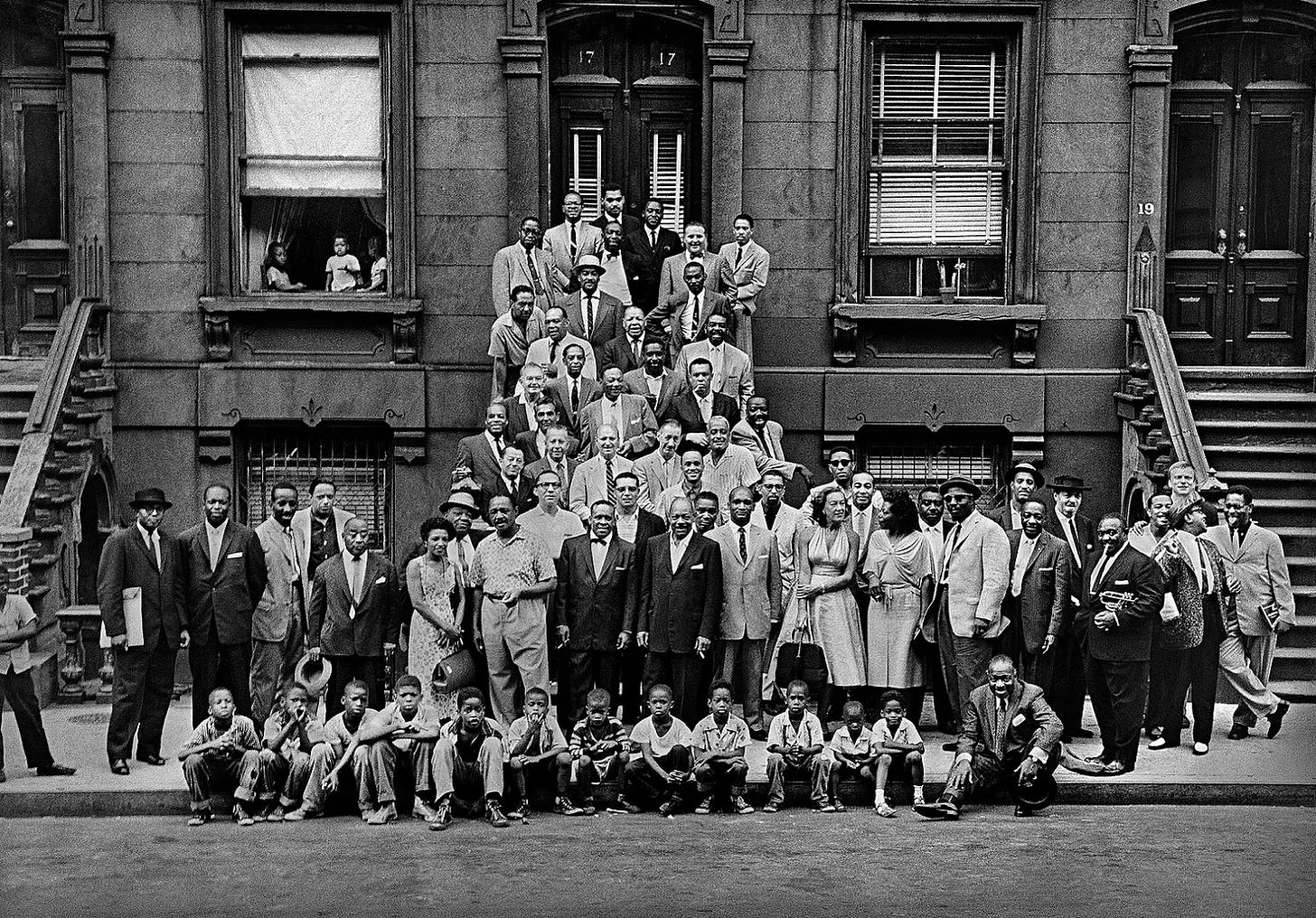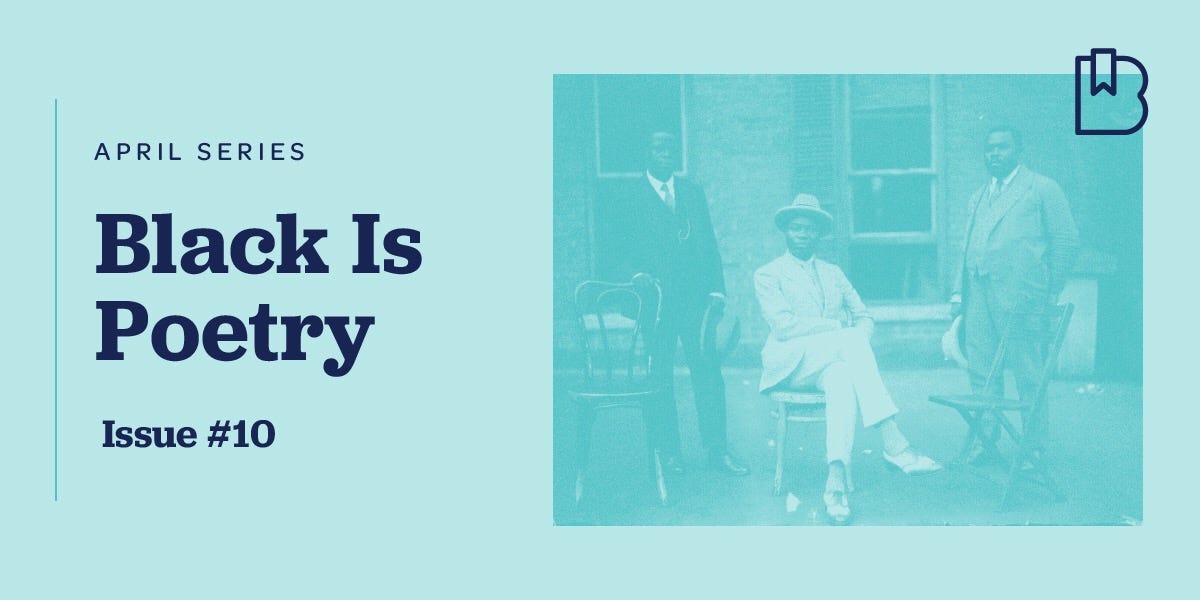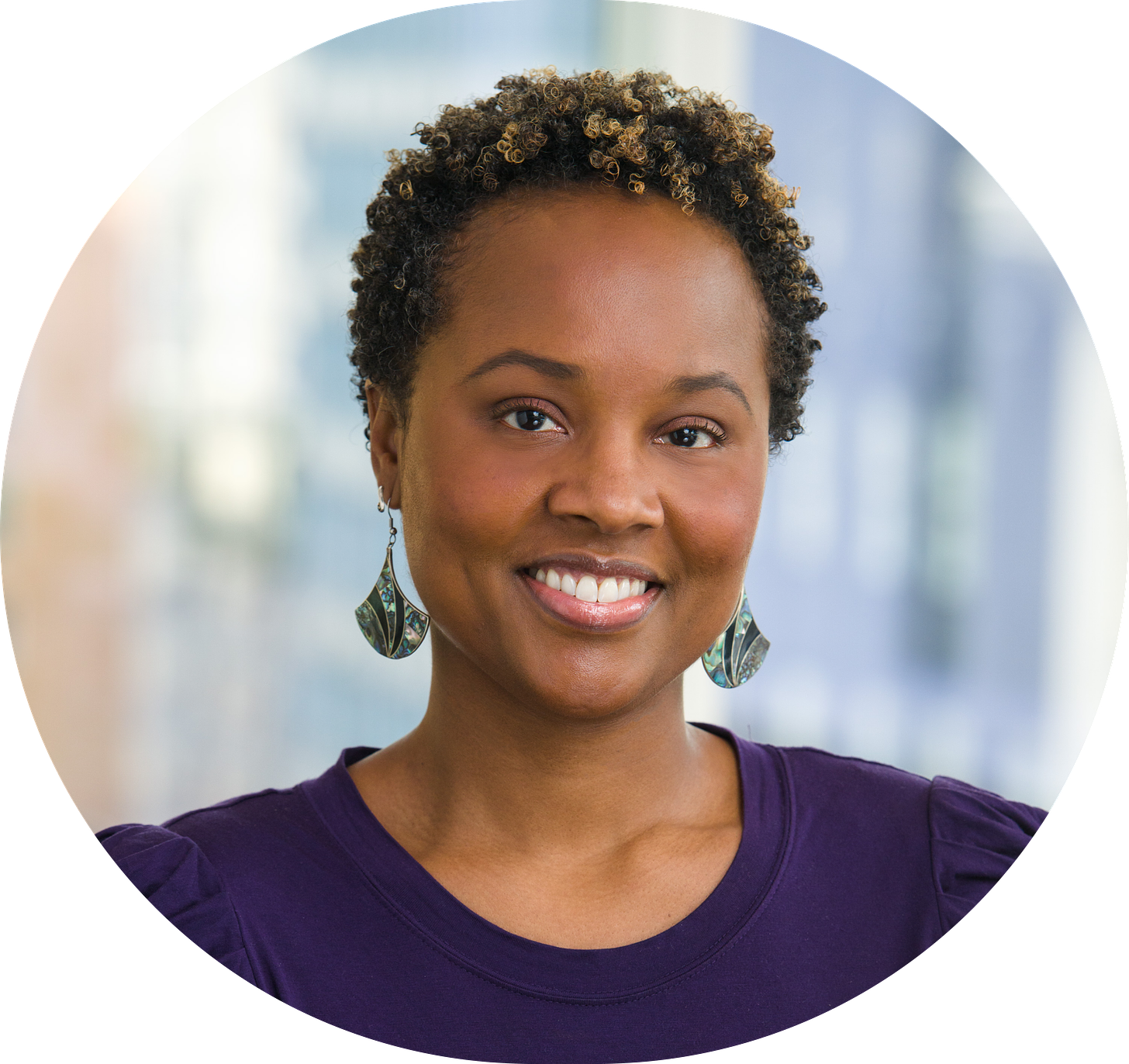Black Is Poetry
Welcome to issue #10! 📜
During Easter weekend, we were reminded by a couple of awesome subscribers to continue grounding readers in our collective “Why?”. It’s simple. “Our ancestors invented the table that the world now sits at. It’s time to not just claim our seat, but to set the agenda .” Please click on this link and learn more about the backstory behind Black To School.
A special thanks 🙏🏾 to the readers below who were our “Golden Griots'' (or top sharers) for last week's issue. Please keep sharing stories of #blackcontributions and our collective history within your networks!
Andrene S.
Pamela W.
Cristin H.
Sarah C.
Dawn M.
As we spotlight the work of Black poets this month, we experience the reach and impact of our words. In this issue, we’ll:
Learn about Harlem, the birthplace of one of the greatest literary, intellectual, and cultural movements of the 20th century.
Read, listen, and be inspired by poetry and writing that will make you laugh until it hurts; love with abandon; and cry without shame.

Masterpiece Theater
Contributor: Kibi Anderson
Libraries on every continent are full and expanding with brilliant poetry, novels, drama, short stories, written by Africans, African Americans, Black British, Afro-Caribbeans, and other parts of the African diaspora. Through their narratives and craft, Black perspectives, ideas, and experiences are forever present to prepare, activate, and delight future generations.
As we study Black literature, let’s educate ourselves on how the classics are selected.
The canon, considered the highest form of classic literature, is derived from the Greek word (kanôn). The practice of forming a canon has roots in religion. The church would canonize everything from sacred scripture to saints. The most widely studied and celebrated collection of classics is called the Western canon, comprised of a core of twenty-six 19th and 20th century writers, selected by mostly white, male experts of European descent and protected by institutions ranging from the Pulitzer, Hugo, and Nobel Prizes for Literature to school curriculum, public library collections, and publisher anthologies.
The Western canon has long been criticized for its Eurocentric perspective, gender and ethnic exclusivity, cultural hierarchies, linguistic colonization, moral obsolescence, and lack of contemporary relevance. Opponents have called for everything from complete abandonment and incremental expansion to the creation of a global canon. These debates reached a boiling point in the late 80s and early 90s, a period affectionately known as the Canon Wars.
In the 20th century, as a result of long fought and hard won advocacy, more African, Asian, and Latin Diaspora writers were added to the Western canon. Despite some progress, the canon formation process and those who control it still do not reflect population demographics. There have only been three Black Nobel laureates in literature in its 120 year history. A study revealed that 90% of books reviewed by the New York Times are by white authors and 79% of staff at American publishing houses are white and female.
As we learn about the literary genius of Black poets and writers, we must challenge ourselves to acknowledge the limitations of these designated classics and re-envision how we can maximize access to different literary traditions and styles of interpretation. Only then can we develop an appreciation and respect for their unique contributions to the human experience.
What was it about Harlem in the 20th century that led to the explosion of Black poetry and literature?
The migration of Black workers and families to Harlem began in the mid 1910s. It happened as a response to three distinct macro trends and ultimately led to more than 300,000 African Americans moving north, many of whom favored and settled in Harlem, New York. Harlem’s Black population grew from 10% in 1910 to 70% by 1930.
A shortage of factory labor in the North as a result of limited foreign immigration after World War I.
Natural disasters in the south in 1915 and 1916 led to high unemployment among Black sharecroppers and workers in the South.
Overbuilding in Manhattan drove landlords to seek out a new demographic of tenants to fill empty apartments in predominantly white neighborhoods.
The northbound journey for African Americans in search of economic opportunity and a better life is known as the Great Migration.
As the concentration of Black creative and intellectual talent came together in New York, a cultural phenomenon known as the Harlem Renaissance (aka the Jazz Age or the New Negro Renaissance) was born. Many credit the initial spark of this movement to a series of pivotal events that brought together Black intellectuals, poets, writers, and other artists with white publishers, journalists, and reviewers, including the release of Shuffle Along (a musical revue) and the Civic Club Dinner (located just outside of Harlem).
The African American poets that captivated the hearts and minds of Harlem and the world included Countee Cullen, Langston Hughes, Jean Toomer, Arna Bontemps, Sterling Brown, Claude McKay, Alice Dunbar-Nelson, Angelina Weld Grimké, Georgia Douglas Johnson, and many more. Writers, backed by newfound support from patrons, prizes, and publishers, experimented with literary style and content. Some showcased their ability to match traditionalist standards while others initiated a conversation that pushed the boundaries of race, sexuality, identity, and political expression.

The Avant Garde
Beyond the mainstream exposure to African American literature, one of the most powerful outcomes of the Harlem Renaissance was a new Black political consciousness. Poetry, novels, and drama became a canvas upon which to counter stereotypes and express racial pride. The generation of Black poets who followed, including Gwendolyn Brooks, Robert Hayden, and others, stood on the shoulders of these giants and took the practice of artistic activism to new heights.
Poverty and unemployment brought on by the Great Depression led to the 1935 Riots, which ultimately conspired to throw Harlem off course. And yet, through all of the changes over the last 85+ years, Harlem has remained on the cutting edge and at the epicenter of creative experimentation, cultural expression, and political activism. Its spirit lives on in subcultures everywhere and now in the virtual world. Black poetry continues to stretch and elevate the influence of literature in our society.
🛠️ The Black To School Toolkit
Now What? Dig Deeper with Friends, Family, and Others.
Curious about which authors are being taught in universities? Check out this database of millions of syllabi from American universities, compiled by Open Syllabus. No doubt, there’s more work needed to diversify this lineup!
Interested in experiencing more Harlem Renaissance poetry? Here’s an amazing collection of audio, video, and narrative poems from the Harlem Renaissance period. Want more? Review this 250-year timeline of Black poetry, curated by Lift Every Voice.
Do you want to see the streets, clubs, and halls where writers and artists came together and performed? Click here and take a tour of Virtual Harlem. Still curious? Watch a photography exhibit that traces the history of this cultural mecca.
Ready to share the Harlem Renaissance with your kids? Enjoy this medley performed by Rosie’s Theater Kids. They are the real deal! Also, here’s a fun set of worksheets that you can use in the classroom or at home to expose them to the people, places, and performances. And don’t forget to pick up some of these children’s books on the Harlem Renaissance.
Planning a trip to New York any time soon? Let this be your guide! Take a free walking tour of Harlem and see all of the famous cultural sites in person.
Want to promote great literature? Read Black authors. Buy our books. Continue the campaign to amplify Black voices and #BlackoutBestsellerLists.
Are you inspired to make your mark? Join the oldest African American writers group in the world, the Harlem Writers Guild.
⌛ The Black To School Timeline
Black Poetry Continues to Stretch and Elevate the Influence of Literature in Our Society.
Last week, we stepped into Prehistoric times (At least 5,000 Years Ago) The Thing: Sumerian and Nsibidi, the first written language systems, created by Black Africans in Mesopotamia.
This week, we fast forwarded into the 20th Century (100 Years Ago) The Place: Harlem (Renaissance), a community of writers and activists that inspired one of the greatest artistic, cultural, and intellectual movements.
Next week, we’ll spotlight the 1970s (50 Years Ago) The Practice: Hip Hop, the lyrical genius that sits at the intersection of poetry, philosophy, and performance art.
About This Week’s Contributor
Kibi Anderson
Hello lovely people! My name is Kibi Anderson and I am a Los Angeles based business executive and Emmy Award winning storyteller. My story has had one principal arc and many subplots. With training from both Harvard University and NYU Stern School of Business, I have gone from an amazing career in international management consulting and film production to private banking, digital media, technology, and entrepreneurship.
I have worked in Senior Executive roles at Red Table Talk, Bloomberg Media, ABC News Digital, and Broadway Federal Bank. My super powers include industry trend analysis, an entrepreneurial mind, strategic communications, digital marketing, and brand building.
I am a lover of people and the beautiful stories their lives represent. I am also passionate about changing the current media landscape that far too often marginalizes the stories of Black people, even though our innovations, culture, and contributions have created huge value throughout human history.
I am excited to be part of Black to School because the newsletter is focused on elevating many of these forgotten stories. With it comes the power to speak our truth and own our full narrative. I hope that you read this newsletter and are inspired to share it - far and wide - and live into our brilliant legacy and future.





